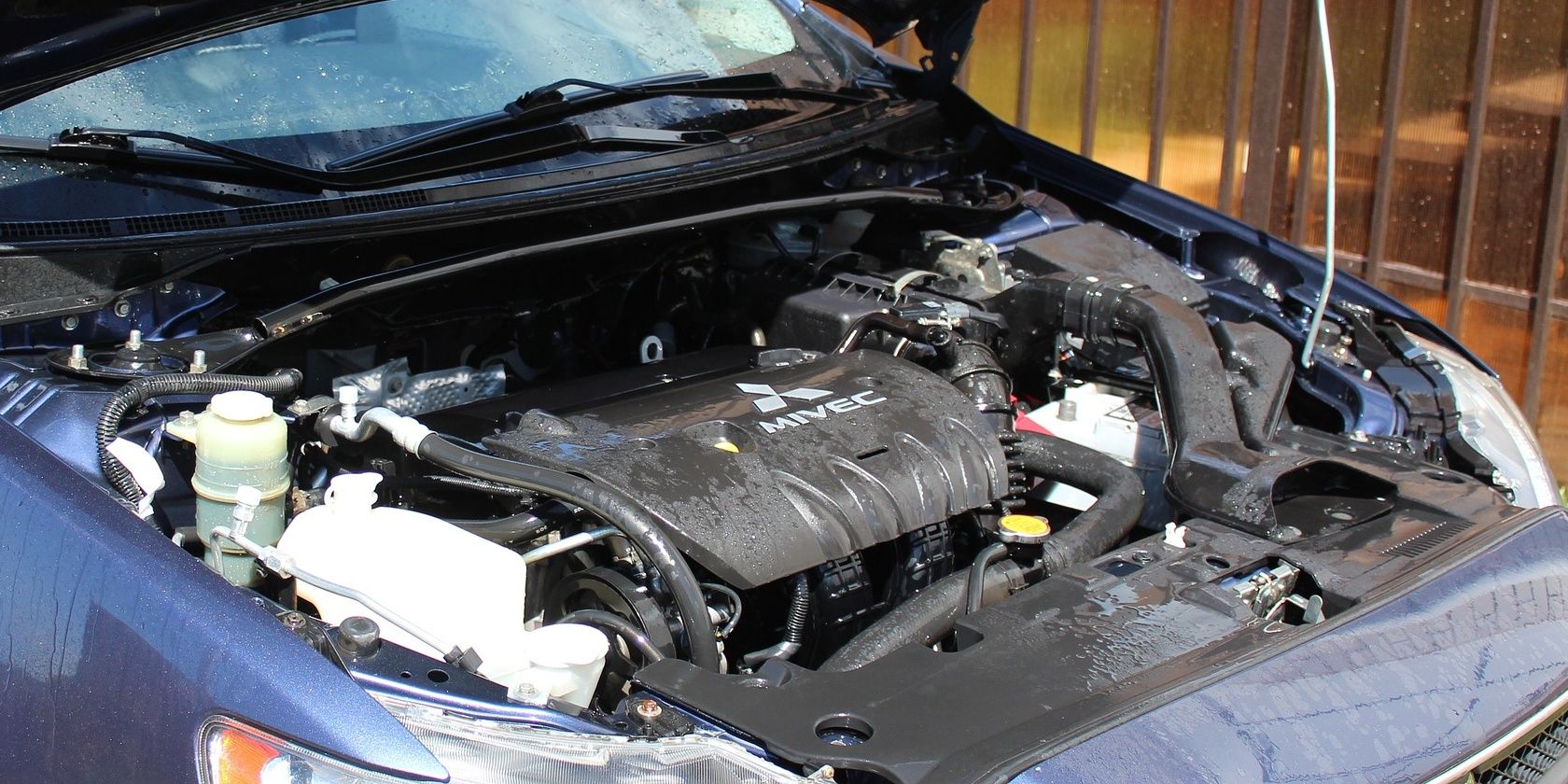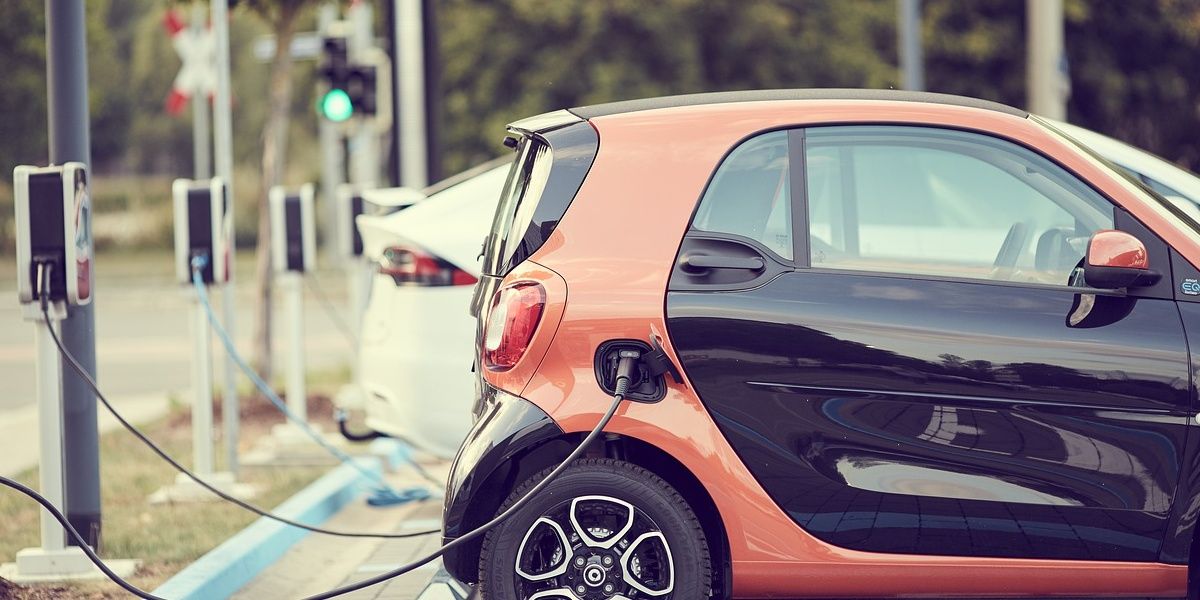You know the routine when it comes to car maintenance. Oil changes as often as three or four times a year. Regular tune-ups and fluid flushes. Filters. Belts. Hoses. Miscellaneous repairs that crop up when parts inevitably fail.
Such expenses have always been part of the automotive ownership experience. That's changing, though, as EVs begin to proliferate. Lacking the complicated moving parts and subsystems that comprise an internal combustion engine, EV powertrains have a maintenance regimen that's far simpler than any gas-powered car. Let's take a look at the key differences when it comes to maintaining gas cars vs. electric vehicles.
Traditional Automotive Maintenance: A Quick Recap
Before we dive into what it's like to maintain an electric car, let's take a minute to recap what automotive maintenance has traditionally entailed.
The typical gas engine, though more complex than ever, is still the same mechanical basic mechanical vacuum pump it was in the days of Henry Ford. Being inherently mechanical, regular maintenance is required for an engine to provide you with a trouble-free ownership experience.
The most critical maintenance procedure is the humble oil change, but gas engines also require other regular maintenance as well, including tune-ups, fluid flushes, and things like drive belts and timing belts. While some of these jobs are cheaper than others, they'll all cost good money regardless of whether you visit a dealership service center or a local repair shop. Depending on the parts required or the time involved, even going the DIY route is not always as easy or affordable as you might think.
Electric vehicles, on the other hand? Almost none of this applies.
Electric Vehicle Powertrain Maintenance: The Breakdown
To invoke our inner Yogi Berra for a moment, electric cars are fully electrified vehicles. Unless you're bringing a jerry can to the local Shell station to top off your lawnmower, there's not a drop of gas to be found in an EV. That means the usual internal combustion engine maintenance requirements aren't necessary.
Curious how that might be possible? Let's consider the major component of the electric powertrain to see how and why maintenance differs from the traditional gas engine.
Electric Motors Negate the Need for Usual Powertrain Maintenance
All EVs employ at least one or two electric motors, usually mounted on the axle and directly drive the wheels. Like all electric motors, maintenance isn't really necessary—ever tried to give your desk fan a tune-up or an oil change? Unless specific issues crop up, EV motors themselves shouldn't require any maintenance.
Simpler Gearboxes = Less Transmission Maintenance
Another maintenance benefit of electric motors is that their instant torque essentially nullifies the need for a traditional multi-speed transmission. Most EVs still employ a single-speed transmission, but not for the same reasons a gas engine requires a gearbox.
The EV transmission is also much simpler and more robust than what's used with a gas engine, which means you won't need to worry about performing regular transmission service. In fact, Tesla doesn't even mention transmission servicing when outlining out maintenance intervals for their vehicles. The same is true with the Chevy Bolt and other EVs.
Yes, Your EV Still Needs Coolant
Though it might come as a surprise, many EVs use a liquid coolant that circulates around the battery pack to prevent overheating. This coolant is similar to what's found in gas-powered cars, but while it's common to replace engine coolant every one to three years, you can run EV coolant for far longer: the Chevy Bolt, for instance, is happy to use the same coolant for 150,000 miles.
The drawback? Replacing EV coolant isn't as simple as draining the system and refilling with a jug from Auto Zone. A perfect example is the Hyundai Kona EV. Owners will be on the hook for a pricey, time-intensive repair that requires specialized tools and expensive low-conductivity coolant. At least the recommended service interval is every six years.
Regenerative Braking Means Far Fewer Brake Jobs
Another quiet perk of EVs is that traditional brake jobs are only rarely needed. The reason? The use of regenerative braking systems.
Regenerative braking sounds fancy, but the premise is simple: when you lift your foot off the accelerator pedal, the electric motors driving the wheels momentarily reverse their rotation. The reverse motion effectively turns the motor into a generator, and as a result, the battery gains back a small bit of charge.
The benefits of this are twofold. For one thing, during ordinary stop-and-go driving, an aggressive regenerative braking setup can help add back a few miles of range—maybe more if you're descending a long downhill grade. The other perk? You'll need brake repair far less frequently. That's because the electric motors act as a sort of brake when they reverse their rotation.
All EVs are nonetheless equipped with traditional friction brakes for panic stops, but you'll likely be replacing the pads and rotors only once in a blue moon.
It's Business as Usual with Your Suspension
One thing that doesn't change with EV maintenance is how frequently you'll need to repair your suspension. Every suspension bit is a wear part; as you crash and bump over potholes, frost heaves, broken pavement, and other roadway maladies, all the components working to smooth out the ride and handling are taking a beating. Whether your car quaffs unleaded or needs to juice up a battery pack, suspension parts will inevitably wear and require replacement, and how often is entirely dependent on your driving style and local road conditions.
The Battery is the Biggie
The big concern about EV maintenance surrounds the battery. Like your cell phone, television remote, or any other battery-powered device, EV batteries aren't magic. They'll slowly but surely lose their charge and range as time goes by. To counter concern about this, many EV manufacturers offer 10-year warranties on their battery packs, but that doesn't change the fact that at some point in the distance future an EV battery will be about as useful as the battery in a decade-old iPhone.
If you do have to replace the battery, the cost can be substantial. In fact, when faced with this very predicament, one frustrated Tesla owner decided to just blow up his Model S instead of paying the five-figure bill. It's not all doom and gloom, though. It'll be a long time before the market is dealing with old EVs powered weakening batteries, and with the pace of EV development, the odds are strong that EV hardware will follow the same trend of computer chips: better, faster, stronger, cheaper.
EV Maintenance is Simpler and Cheaper Than a Gas-Powered Car
That's the truth of it, folks. Thanks to a powertrain design that requires far fewer moving pieces and all but eliminates the intricate latticework of interconnected mechanical subsystems that typify an internal combustion engine, electric vehicles require far less maintenance and upkeep than most car owners are used to. That means you won't only save at the pump with an EV. You'lll also save in the long run. Think of it as yet another compelling reason to consider going electric with your next car purchase.


